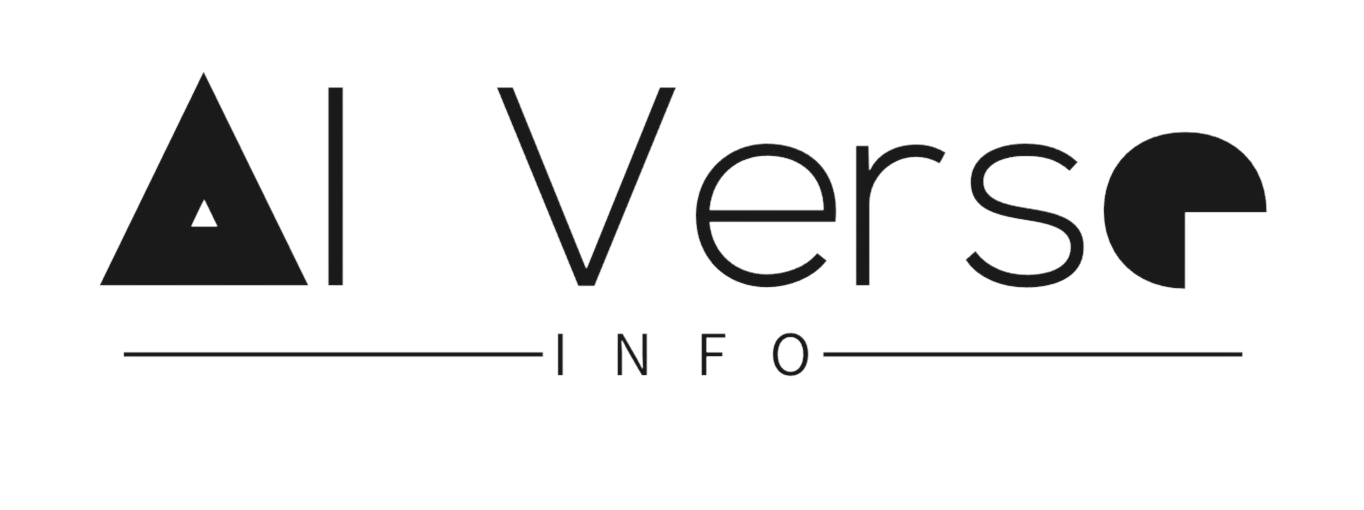The rise of large language models like GPT-3 has opened up a fascinating new world of possibilities. These AI models can generate realistic text, translate languages, write different kinds of creative content, and even answer your questions in an informative way. But there’s a problem with that – LLMs are huge, demanding vast amounts of computing power and resources. This limits their accessibility to specialized hardware and tech-savvy users who want to use it on their local machines.
Enter GGML, a game-changer for LLM technology. GGML is a C library focused on machine learning, created by Georgi Gerganov – the creator of llama.cpp. It is designed to be used in conjunction with the llama.cpp library
It provides fundamental components for machine learning, including tensors, along with a distinctive binary format designed to efficiently distribute large language models for swift and adaptable tensor operations and machine learning assignments. Think of it as a magic decoder ring for the world of AI. It unlocks the potential of LLMs by making them smaller, faster, and more accessible to a wider audience. But how does this work? Let us understand GGML and break down its secrets in a way that anyone can understand.

Working mechanism of GGML
Imagine an LLM as a jumbo jet – powerful, impressive, but not exactly suited for city streets. GGML works its magic by transforming this jumbo jet into a sleek, agile drone. It achieves this through a two-pronged approach:
1. Quantization: This fancy term simply means using fewer bits to represent the LLM’s internal values. Think of it like replacing long, descriptive sentences with short, coded messages. The LLM still understands the meaning, but it takes up less space to store and process. (For example using 4 bits instead of using 32 bits)
2. Efficient Packing: Just like Tetris masters pack shapes together perfectly, GGML cleverly arranges these “coded messages” in a compact way. Similar messages are grouped and stored efficiently, minimizing wasted space and speeding up processing. So for example instead of using full words like “elephant” or “apple,” GGML uses shorter codes, like “e382” or “a21.” These codes are still unique for each word, but they take up less space.
What is GGML format or GGML file format
GGML (GPT-Generated Model Language) format is a binary file format specifically designed to store and share quantized large language models (LLMs). It’s focused on efficient storage and CPU inference, making LLMs more accessible and usable on a wider range of devices.
Here are its key features:
- Quantization: GGML uses quantization to represent LLM weights with fewer bits, significantly reducing model size and improving inference speed.
- Single-file format: All model components (hyperparameters, vocabulary, and quantized weights) are stored in a single file, simplifying sharing and deployment.
- CPU compatibility: GGML models can run efficiently on CPUs, even without dedicated GPUs, expanding their accessibility.
- Compact structure: The format efficiently organizes model data, minimizing storage requirements.
The Benefits of Being Small
Thanks to GGML’s small size, LLMs reap a multitude of benefits:
- Run on smaller devices: Forget about needing powerful computers or graphics cards. GGML-powered LLMs can run on laptops, phones, and even edge devices, bringing their power to everyday users.
- Faster inference: Smaller models mean quicker responses. GGML-powered LLMs can process information and generate results much faster, making interactions smoother and more natural.
- Reduced costs: Less computing power translates to lower costs. GGML opens up the potential for more affordable LLM applications and democratizes access to this powerful technology.
GGML in Real-World Applications
So, what can you actually do with a smaller, faster LLM? The possibilities are endless, but here are a few exciting examples:
- Smarter personal assistants: It can work as a LLM-powered assistant that can effortlessly understand your context, generate creative responses, and even translate languages on the fly, all from your phone.
- Real-time language translation: It could power portable translation devices that break down communication barriers and foster global understanding.
- AI-powered education: It can be used for personalized learning experiences where LLMs adapt to each student’s needs, providing tailored explanations and real-time feedback.
- Enhanced accessibility tools: It could power voice-controlled interfaces and captioning systems, making technology more accessible to people with disabilities. For example GGML version of OpenAI’s Whisper.
What is GGML Whisper?
OpenAI’s Whisper is a speech-to-text champion, transcribing spoken words with impressive accuracy and speed. But it is made for corporate use cases and the normal consumers have to pay a hefty price to use it . That’s where ggml comes in.
It takes Whisper and condenses it into a format that zips along on CPUs, even those in consumer desktops and laptop. This means we can:
- Transcribe lectures, meetings, and interviews with ease.
- Caption videos and podcasts on the fly.
- Create multilingual transcripts for global communication.
- Build speech-to-text features for your own apps and projects.
Limitations of GGML
While GGML is a remarkable innovation, it’s important to acknowledge some challenges:
- Newer formats: GGUF, a newer format building on GGML, offers additional features and is gaining traction.
- Limited adoption: Not all LLM frameworks and tools currently support GGML directly.
- Loss in quality: Quantization can slightly reduce accuracy in some of the tasks, text generation might be slightly less diverse or creative and retraining or fine-tuning GGML models might be less effective than with full-precision models.
However, the potential of GGML is undeniable. As the technology matures and adoption grows, we can expect to see even more exciting applications emerge, bringing the power of LLMs closer to everyone.
GGML is revolutionizing the LLM world by making these linguistic giants accessible to everyone. It’s not just about shrinking files; it’s about expanding possibilities and bringing the power of AI closer to everyday lives.
You can get started with using GGML on your local machine with the following links :-







[…] Replacing GGML: On August 21, 2023, the llama.cpp team introduced GGUF as the official replacement for the now-unsupported GGML format. This move signals a commitment to the improved features and flexibility offered by GGUF. It is basically the extension of the now deprecated GGML. […]